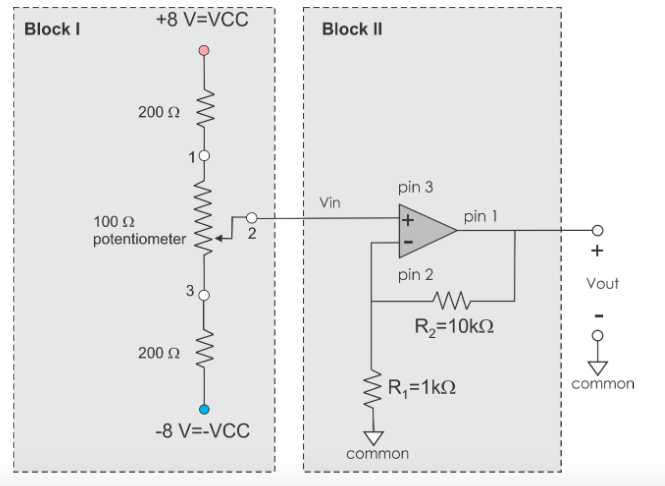Resistors cannot be manufactured perfectly, a 10k resistance can be bought with a certain tolerance (like 1% or 0.1%), and it is guaranteed by the manufacturer to be in this range. The more tolerance the more expensive the resistor. This means that every circuit you build in the real world will be different. Because of this when you buy said 10k resistor with 1% tolerance, you don't know if your getting a 10.1k or a 9.9k resistor or any value in between. So you need to see if this will affect circuit performance.
You need an equations like this:
$$ A = 1 + \frac{R_2±R_{2tol} }{R_1+ R_{1tol}}$$
Which gives you four equations:
$$ A = 1 + \frac{R_{2max} }{R_{1max}} $$
$$ A = 1 + \frac{R_{2min} }{R_{1max}} $$
$$ A = 1 + \frac{R_{2max} }{R_{1min}} $$
$$ A = 1 + \frac{R_{2min} }{R_{1min}} $$
You then take the min an max of the gains and find the highest gain and lowest gain, if gain tolerance is acceptable in your design move forward.

